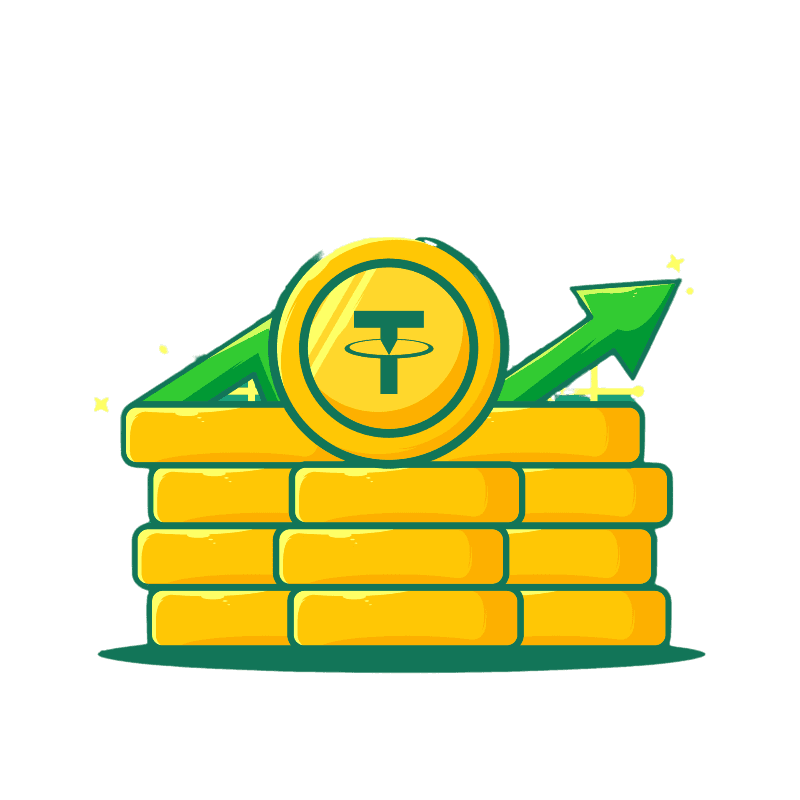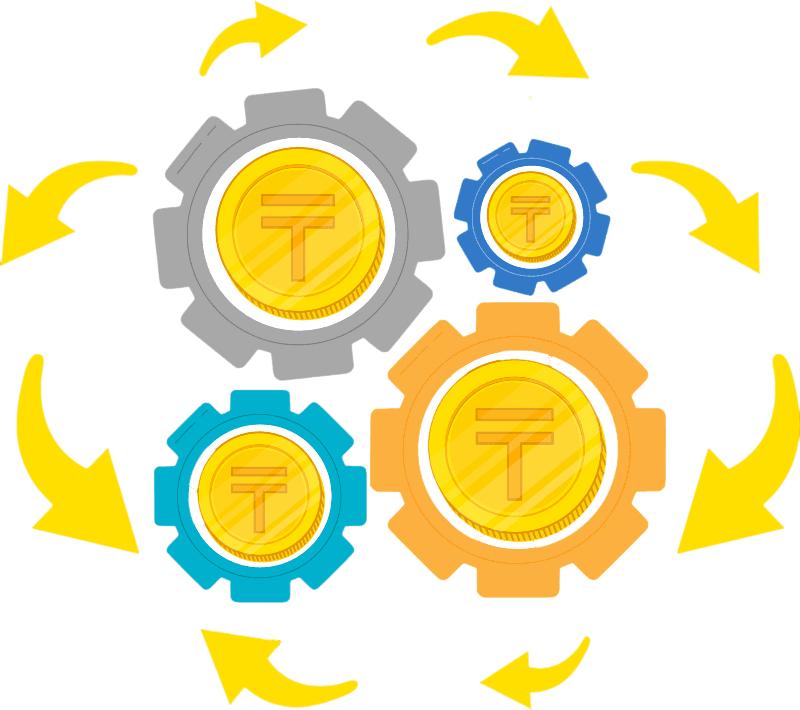
USDT or Tether is a popular stablecoin that aims to maintain a value of $1 USD per token. It has become one of the most widely used stablecoins in crypto markets and is a key part of many trading pairs. However, like any cryptocurrency, USDT is also vulnerable to scams and fakes. As USDT grows in popularity, more fake versions of it have emerged that can steal funds from unsuspecting users.
In this comprehensive guide, we will cover everything you need to know about spotting fake USDT tokens. We will look at the key characteristics of real USDT, the common signs of fake USDT tokens, and provide tips on how to safely purchase and store real USDT. With the right knowledge, you can avoid the risks and trade confidently with genuine USDT.
What is Real USDT?
Before looking at fake versions, we need to understand what real USDT is. Here are some key facts about genuine USDT tokens:
– Launched in 2014, USDT is one of the oldest stablecoins. It is issued by Tether Limited.
– Each USDT token is backed by reserves held by Tether Limited. The goal is to maintain a 1:1 peg with the US dollar.
– USDT runs on multiple blockchains including Bitcoin, Ethereum, Tron, EOS, Algorand etc. However, most USDT transactions occur on Ethereum using ERC-20 standard tokens.
– Real USDT tokens can be stored in various crypto wallets that support ERC-20 tokens including hardware wallets like Ledger and Trezor.
– Tether Limited issues new USDT when buyers deposit equivalent fiat currency reserves. The supply grows dynamically this way based on market demand.
– As of September 2022, there was over $68 billion worth of USDT in circulation making it the largest stablecoin.
– USDT is primarily used as a quote currency on crypto exchanges and for crypto trading pairs with other cryptocurrencies.
Knowing the core attributes of real USDT helps provide a baseline to better spot fakes. Next, let’s go through the common characteristics of fake USDT.
Warning Signs of Fake USDT
Here are some telltale signs that can help you determine if a USDT token is fake:

Promises unrealistic returns – Any offerings promising too high returns like 5-10% daily are highly suspicious. Real USDT is designed to maintain $1 value, not generate yields.
Website looks unprofessional – Fake token sites usually have poor web design, grammatical errors, and other amateur red flags.
Anonymous team – Real projects have public founders. Fake ones hide team details.
No technical details – Genuine tokens provide blockchain contract addresses and other technical info. The lack of such details is shady.
Scammy social media profiles – Fraudulent projects use fake followers, bots, and paid promos on social platforms like Twitter.
Negative online reviews – Check trusted crypto forums and communities to see if others report issues with the token.
Too good to be true – Fake tokens pitch unrealistic use cases like becoming the next Bitcoin. Healthy skepticism goes a long way.
Limited supply – Scammers often claim supply scarcity to drive up prices but cannot substantiate such claims.
Price instability – Real stablecoins maintain steady pegs. Fake ones show extreme volatility which they mask as “growth”.
Lack of exchange listings – Most fake tokens will not be listed on major exchanges like Binance, Coinbase etc. Trading occurs only on obscure platforms.
No audit reports – Real projects regularly publish third-party audit reports to verify reserves and token legitimacy. The lack of such audits is a major red flag.
While no single factor guarantees a fake, looking at these collectively can help determine if something smells phishy about a purported USDT token. Let’s now look at tips to avoid falling for such scams.
Tips to Avoid Fake USDT Scams
Here are some tips to steer clear of fake USDT tokens and scams:

– Only buy USDT directly from regulated exchanges like Coinbase, Binance, and Kraken. Avoid OTC brokers or obscure platforms.
– Do not trust social media ads or offers involving free USDT tokens. If it seems too good to be true, it usually is.
– Check the token contract address on blockchain explorers like Etherscan. Fraud tokens use modified contract codes.
– Use hardware wallets like Ledger and Trezor to store USDT. They are more secure than hot wallets.
– Enable Google Authenticator or other 2FA for exchange accounts to prevent thefts. SMS 2FA can be intercepted.
– Evaluate sellers carefully if you purchase USDT OTC. Check their reputation and ask for proper identification.
– Bookmark exchange and project websites to avoid visiting fake phishing links. Also, beware of fake wallet apps.
– Monitor the USDT peg regularly to check for price deviations or pump and dumps which indicate manipulation.
– Be wary of projects offering to convert other coins into USDT directly. Deal only with regulated exchanges.
– Report suspicious tokens to exchanges and inform crypto communities so others do not fall prey.
Being vigilant and doing your own research is essential before buying any crypto asset given the anonymity and lack of regulation in the ecosystem. Applying the tips above can help avoid the risks and ensure you transact only in legitimate USDT.
Checking Token Legitimacy
For extra assurance, you can also perform additional checks to verify if a USDT token is real. Here are some things you can look at:
Compare token contract addresses by checking them on multiple blockchain explorers like Etherscan, BscScan etc.
– Verify that the token follows the official USDT tokenomics rules like total supply.
– Check reserves certificates published by Tether to see if token issuer reserves are backed 1:1 with fiat holdings.
– Scrutinize the exchange supply history to detect suspicious minting or transfers between wallets.
– Monitor the token liquidity on DEXs like Uniswap to check healthy trading activity and volumes. Low liquidity indicates limited adoption.
– Validate exchange listings by checking those platforms and contacting their support teams. Fraud tokens impersonate real exchange branding.
– Trace wallet addresses linked to the token to identify top holders. Check if these match the official issuer or exchange wallets.
– Compare the token’s on-chain metrics like transactions, fees, and active addresses with the official USDT blockchain data.
While tedious, combining these checks can help confirm if a project is legitimately issuing USDT versus creating a fake token to defraud traders. Consulting experts can also help examine technical details more thoroughly before purchasing any purported stablecoin.
Conclusion
In closing, while USDT brings much-needed price stability to crypto markets, the same attributes make it prone to fakes and scams. However, being aware of the common signs of fraudulent USDT tokens allows traders to better detect and steer clear of such deceptive projects. By purchasing USDT only from regulated entities, using secure wallets, and verifying token legitimacy through various checks, you can avoid falling prey. Caution combined with thorough research will go a long way in trading safely with real USDT.